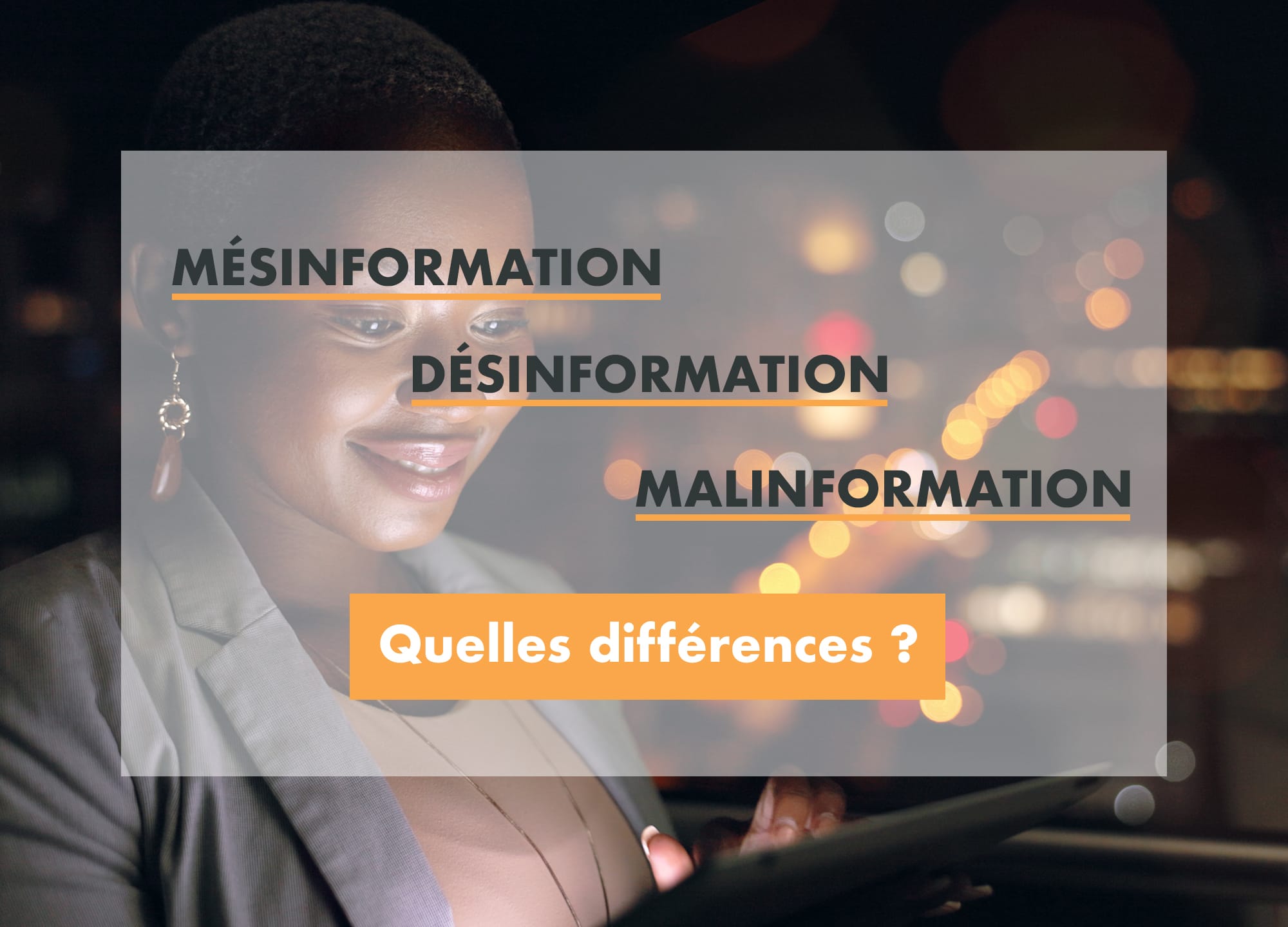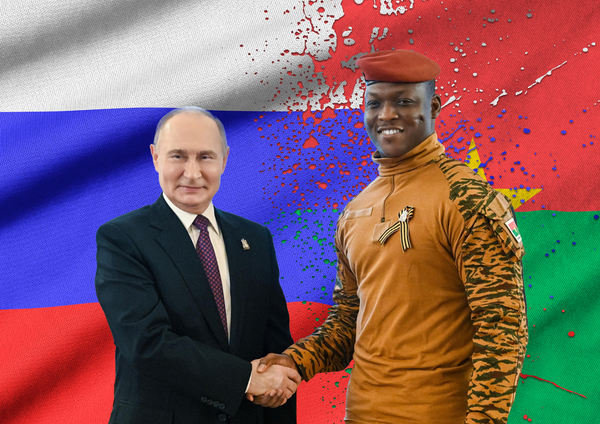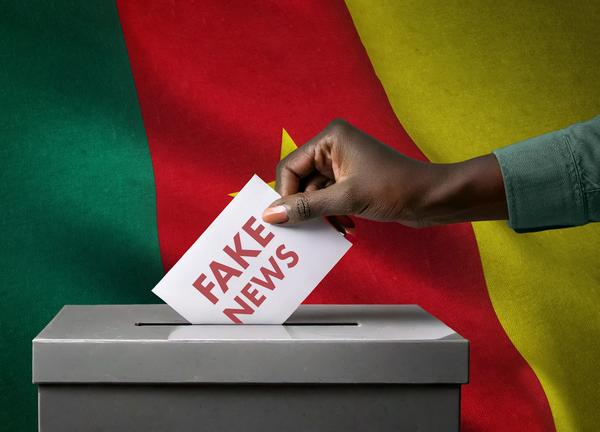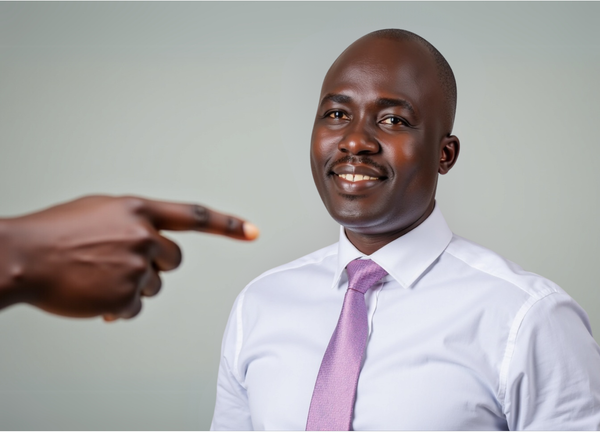In the digital age where information circulates at high speed, the concepts of disinformation, mesinformation and malinformation take on paramount importance. Each of these forms of erroneous information has distinct impacts on society influencing perceptions, public debates and individual behavior.
The different forms of false information
What is disinformation?
This term is often associated with synonyms like "fake news", "infox" or "false news". Disinformation is commonly used by political actors or interest groups to influence events, such as elections, health crises or social debates.
During the elections in Africa, several disinformation campaigns aimed to manipulate public opinion via social networks, amplifying political tensions and polarization.
Understand memos
Individuals share information they believe to be true but which are false after verification. Unlike disinformation, the intention is not to deceive but rather the result of an insufficient verification.
Key difference with disinformation : Messinformation is accidental while disinformation is deliberate.
With the mpox pandemic, rumors circulate massively in Africa.
Malinformation: a subtle manipulation
In some African countries, private data of politicians have been disclosed in order to discredit them, even if the information was factually correct.
How to fight against disinformation?
Media and information education
The first step to fight against these phenomena is to strengthen media education. Developing a critical spirit within African youth is essential to better discern reliable information. Local programs, such as those implemented in Senegal and Côte d'Ivoire, aim to teach young people how to check the sources of information and recognize the signals of false news.
Fact-checking tools
The use of tools of Fact Checking is also essential. In Africa, initiatives like Africa Check, Dubawa, Congo Check, Eduk Media make it possible to demystify false information and put the facts in context. These platforms work in close collaboration with journalists and experts to identify and correct the false information circulating online.
Responsibility for digital platforms
Social networks and digital platforms have a responsibility in the spread of these forms of false information. They must strengthen the moderation of their content and ensure transparency in their recommendation algorithms in order to limit the disinfusion of disinformation.
It is crucial to understand the difference between disinformation, mesinformation and malinformation because these phenomena influence our way of perceiving the world and directly affect social cohesion. In Africa, where accessibility to reliable information is often limited, these manipulations can have disastrous consequences. Connected youth must be equipped with the tools and skills necessary to distinguish the true from the false and thus become enlightened and responsible actors in the digital ecosystem.









